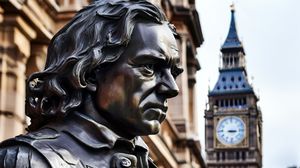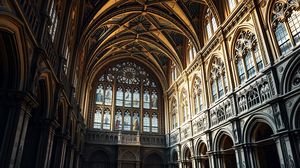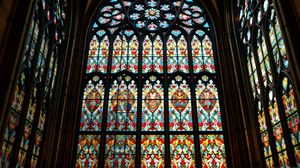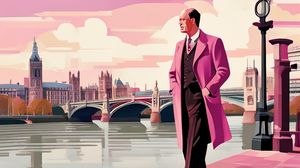
The Richard the Lionheart Statue is a striking bronze sculpture located in the historic area of Old Palace Yard, Westminster. This statue depicts King Richard I of England, famously known as Richard the Lionheart, mounted on his horse with a raised sword, symbolizing his status as a formidable warrior king during the Crusades. The statue is an impressive homage to one of England's legendary medieval monarchs.
Designed by the Italian sculptor Carlo Marochetti, the statue was originally created for the Great Exhibition of 1851. Its intended location was in front of the Houses of Parliament, and its subsequent placement reflects its significance in Britain's cultural patrimony. Marochetti was an acclaimed sculptor in his time, adding considerable prestige to this work.
An interesting fact about the statue is that it had to be recast after it was damaged in a nearby explosion caused by a parliamentary bomb plot in 1945. This act of reconstruction highlights the resilience of both the statue and its subject, Richard the Lionheart, known for his military campaigns and enduring legacy.
The sword held by the figure of Richard in the statue is several feet long, contributing to the dramatic effect of the monarch on horseback. Visitors often marvel at the intricate details in the horse's stance and the lifelike portrayal of Richard's determined expression, which captures the spirit of medieval nobility.
The statue remains a popular spot for tourists wishing to capture photos that beautifully blend history with the modern-day backdrop of the British government. Its location near the Houses of Parliament and Westminster Abbey makes it part of an essential tour for anyone interested in exploring London's rich political and royal history.

Making the Most of Your Visit:
Make sure to take a close look at the intricate details of the sculpture. The craftsmanship on both Richard's armor and the horse's anatomy is incredible, reflecting the care Carlo Marochetti put into his work.
Try visiting at different times of the day. The way the sunlight hits the statue in the morning versus the shadows cast in the late afternoon can create dramatically different photographic opportunities.
Consider using a wide-angle lens if you're taking photos. The Houses of Parliament provide a stunning background, and a wide-angle shot can capture both the statue and the iconic building in one frame.
Spend a moment reflecting on the statue's history and its resilience. Understanding that it was recast following a 1945 explosion adds a layer of historical depth that many other statues don't have.
Although it's tempting to snap a quick photo and move on, give yourself the time to walk around the entire statue. You'll notice different features and perspectives from each angle that contribute to its grandeur.

Visiting Times & Costs:
The Richard the Lionheart Statue is an open-air monument accessible to the public at any time, as it is located in a public area outside the Houses of Parliament. There is no entrance fee or charge to view the statue.
Accessibility may vary depending on the area's conditions, as the statue is situated in a busy pedestrian area. Visitors in wheelchairs or with limited mobility should find the site generally accessible, but it's advisable to be mindful of potential crowds and terrain changes around the area. There are no specific entrance restrictions or seasonal closures for this landmark.

Address & Map:

Nearby:























